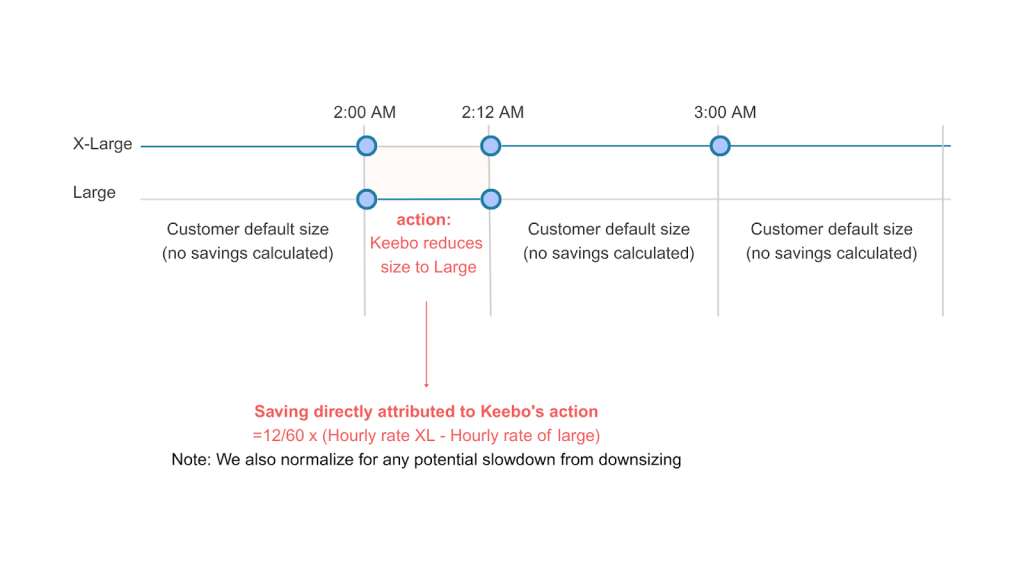Automating FinOps without Losing Accountability: A Data Engineering Guide to Snowflake Cost Optimization
Automation Without Abdicating Accountability
A common concern I hear in almost every conversation about automating FinOps is “Will this absolve engineers of accountability?”
It’s a fair concern. Engineering leaders are right to worry about the cultural side‑effects of automation. If a system quietly fixes every mess—no alert, no reflection, no ownership—people learn the wrong lesson: someone else will clean it up. Over time, that dulls judgment, lowers code hygiene, and erodes team standards.
At the same time, almost no one disputes that automation boosts productivity and velocity. Many teams now pair program with Copilot, scaffold unit tests automatically, and lean on linters and formatters. We don’t insist that every line be hand‑typed; we insist that the code works, ships on time, and is maintainable. In other words, accountability should be measured by outcomes—and by how wisely engineers use automation.
So the question isn’t “automation or accountability.” It’s: How do we get the good of automation while preserving (and even strengthening) a healthy engineering culture?
A concrete example
Take a simple Snowflake case: say one of your X-Large warehouse idles at 2:00 a.m.; for the next 12 minutes you could safely drop to Large with zero performance impact, then scale back up as load returns at 2:12. Doing that manually would require perfect real-time monitoring, paging someone at 2:00 a.m., having them verify safety half-awake, and paging them again twelve minutes later to revert. Multiply that by dozens of micro-windows a night and you’ve designed an on-call nightmare. These are short, reversible adjustments that should be automated—but automated wisely: watch continuously, act only within safe bounds, revert instantly when conditions change, and log the why/when so engineers review policies instead of babysitting knobs. That’s how you seize real-time savings and preserve accountability—without grinding your team into alert fatigue.
The lesson isn’t that humans are unnecessary; it’s that their attention is too valuable to waste on chores a system can execute automatically and safely.

Principles for accountable automation
If the wrong kind of automation absolves people, the right kind elevates them. Here’s a practical frame teams can adopt:
- Visibility first. Every automated action (resize, suspend/resume, reroute in the Snowflake or Databricks optimization) should be logged with who/what/why/when so engineers can learn from behavior—not just outcomes.
- Guardrails, not guesses. Policies should define min/max resources, budget/SLA targets, cooldowns, and blast‑radius limits. Engineers tune policies; systems should execute them.
- Reversibility by design. One‑click rollbacks and time‑boxed changes make experimentation safe. If a decision degrades an SLA, you should be able to revert immediately.
- Start with human‑in‑the‑loop if needed. You can start by allow auto‑pilot for low‑risk adjustments (e.g., short idle windows); require approval for step‑function changes until you’re comfortable with your setup and the automation logic and guardrails.
- Named ownership. Every policy (or guardrail) should have an owner who reviews drift, exceptions, and change requests—accountability should live with people, not tooling.
- Outcome metrics over activity metrics. Measure success by SLO hit rate, cost per successful query/pipeline, freed up engineering hours for productive roadmap work, and variance reduction—not by how many manual tweaks were made.
These principles keep responsibility where it belongs (with engineers) while letting automation shoulder the repetition and scale.
Where automation helps most (and why)
Some levers repay automation immediately:
- Snowflake warehouse sizing & suspend/resume. Minute‑to‑minute shifts in arrivals, concurrency, and cache temperature make static configurations age fast. Automating right‑sizing protects both latency and spend without paging humans. (Background on the mechanics in Warehouse Optimization and how to avoid idle burn in Autonomous Suspension.)
- Smart query placement/routing. Mixing tiny, latency‑sensitive queries (the “cherries”) with heavyweight batch/ETL jobs (the “watermelons”) in the same warehouse forces you to over‑provision or miss SLAs. Smart Query Routing automatically keeps like with like in real-time—small queries land on smaller warehouses, heavy work goes to bigger pools—preventing cross‑talk and reducing cost. (See Query Routing and the deeper dive in Query Routing Reimagined.)
- SLA‑aware pre‑warm and cool‑down. You don’t care if your batch job runs on a Large or a Medium size warehouse as long as it finishes before your deadline and your SLAs are met. The sizing of your warehouse is just a means not the end goal. Hold your engineers accountable for defining clear SLAs and guardrails and then rely on AI to automatically figure out what is the optimal-sized warehouse throughout the night to deliver your SLAs at the lowest cost and the highest efficiency.
Taken together, these automations turn spend into a controllable variable: guardrails + visibility + reversibility keep engineers in charge while the system handles sub‑minute decisions. That’s the spirit behind automation with ownership, so let’s talk about how to put this in practice next.
How we apply this in practice
Here at Keebo, our philosophy from day one has been automation with ownership:
- Teams define the “what.” Engineers set SLAs and business objectives for each workload—e.g., “finish by 9:00 a.m.” or “p95 < 3s.”
- Automation handles the “how.” The AI selects the optimal warehouse size and placement to meet those goals at the lowest cost, within guardrails the team controls (min/max size, cooldowns, budget caps, approved pools).
- Everything is observable and reversible. Every resize, suspend/resume, and route is logged with why/when; rollbacks are one click; policies live in code review.
- Advice when you want it, autopilot when you’re ready. Use Workload Intelligence insights to tune guardrails, then let automation execute the repetitive parts safely.
With this model, automation becomes a tool in the engineer’s toolbox—not a gatekeeper—and accountability stays where it belongs: with the people who define the guardrails and the outcomes.
A lightweight checklist to keep culture strong
- Define SLOs/SLA guardrails per workload before turning on automation.
- Start with read‑only and dry‑run modes; promote policies gradually.
- Set safe bounds (min/max size, budgets, cooldowns) and a clear rollback plan.
- Tag every automated action for auditability and weekly review.
- Assign a policy owner and publish a simple change‑management path.
- Review exceptions monthly; tune policies, not one‑off incidents.
Bottom line
Automation doesn’t eliminate accountability; it refocuses it. Let systems handle the sub‑minute resizing and other repetitive chores. Hold engineers accountable for clear guardrails, observable behavior, and business outcomes. That’s how you get the creativity and momentum automation unlocks—without sacrificing the culture that makes great engineering teams durable.
If you want to put this into practice in Snowflake or Databricks, you can get started here and set up a free trial. Your team defines the SLAs and guardrails; the platform handles the “how,” within the bounds you set.
FAQ
Does automation remove accountability for data engineers?
No—done right, automation handles repetitive sub-minute tasks while engineers own SLAs, guardrails, and reviews.
What parts of Snowflake cost optimization should be automated?
Short, reversible actions like right-sizing and suspend/resume tied to arrival patterns and SLA windows.
How do teams stay in control?
Put policy knobs (min/max size, cooldowns, budget/SLA targets) in code review, log every action with why/when, and keep one-click rollback.



